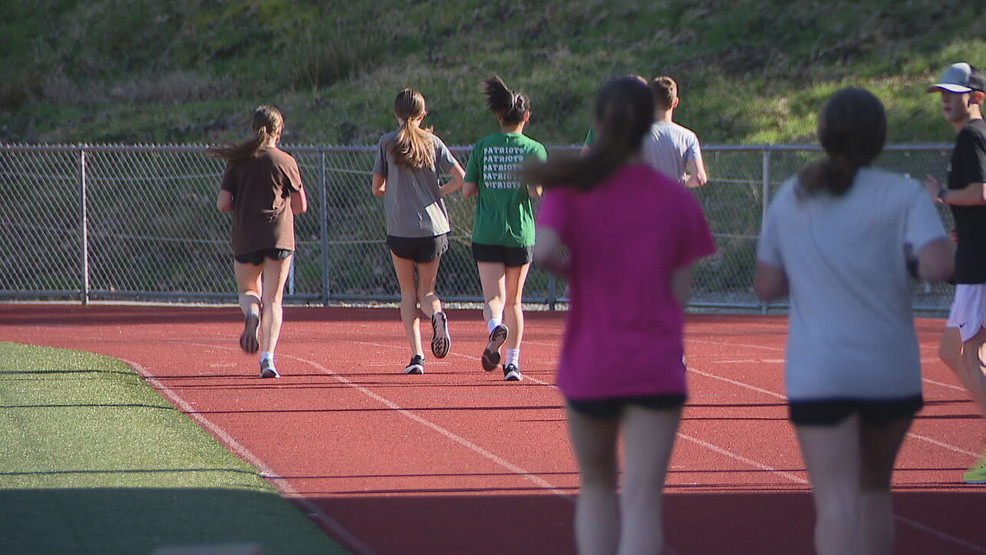RENTON, Wash. — From baseball to tennis, from track to lacrosse, spring sports are underway.
As students train for competition, Seattle Children’s Hospital is drawing attention to a hidden issue facing many young athletes. Health experts are seeing a surge in eating disorders, including one called RED-S, where athletes are at high risk.
At Liberty High School in the Issaquah School District, sophomore Callie Holmes has high hopes for the track and field season.
“From what I’ve seen and what we’ve done so far, I think it’s going to be a super awesome season,” Holmes said.
But for some athletes, the pressure to win is leading to risky decisions around food. Senior Hannah Burns admits she used to think “lighter” meant “faster.”
“To be honest, yes, especially when I was younger,” Burns said. “But once I got more experienced and realized my teammates around me were all different. We eat differently, we’re all different weights, heights, and I realized our performance can be not just based on what we eat or how much we weigh.”
Undereating is a common and growing problem among young athletes. Healthcare experts at Seattle Children’s Hospital are so concerned that they’re now developing a program to educate coaches, parents, and caregivers on how to spot early warning signs of RED-S or Relative Energy Deficiency in Sports.
ALSO SEE | Seattle woman’s journey from eating disorder to recovery amid pandemic challenges
Rachel Vaivoda is a Pediatric Nurse Practitioner at Seattle Children’s Hospital who specializes in eating disorders. She defines RED-S as”a combination of poor health and poor athletic performance that can happen when the body is under-fueled and not meeting the needs of daily living and athletic sport and training,” Vaivoda said. “That can be intentional, like in the form of an eating disorder, or it can be unintentional, not understanding what your body’s nutritional needs are for growth, development and for sport.”
Vaivoda sees teenage athletes under massive amounts of stress from making travel teams to achieving what they see as body image ideals. She says symptoms of RED-S show up throughout the body.
“Head to toe. We can see weight loss, decreased concentration, and focus, mood, and irritability,” Vaivoda said. “We can see slowed heart rate, digestive problems, constipation, hair loss, menstrual or period irregularities, bone health impacts.”
It also makes athletes slower, weaker, and more prone to injury even though they might believe losing weight will make them faster or more agile.
ALSO SEE | State of Play: Elementary school program seeks to improve kids physical, mental health
Liberty sophomore Lily Phillips understands the pressure.
” Mental stuff,” Phillips said. “I had to learn that associating my worth and my performance with a number or with my weight wasn’t healthy and it wasn’t effective.”
Coach Brad Anderson admits, they probably don’t talk enough about nutrition. But he also coaches weight training where he emphasizes the connection between food and outcome.
“If you’re going to train at a high level, then your nutrition needs to be at a high level,” Anderson said. “If it’s not matching, you’re not going to see the optimal results that you want. And I would say just about every kid probably could step up in the area of nutrition.”
Experts recommend talking to your child about the pressures they’re facing and how they’re trying to meet their goals. And they say to be alert for any changes.
Callie Holmes, who’s so optimistic about this track season, says she knows she needs to eat to fuel her body.
“It’s super important for me to have energy when I’m practicing or getting ready for meets,” Holmes said.
It’s a message healthcare experts hope reaches more student-athletes. Reversing the steady growth of RED-S would be the season’s biggest win.

